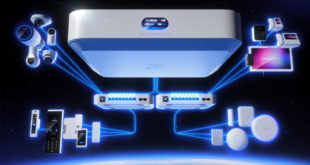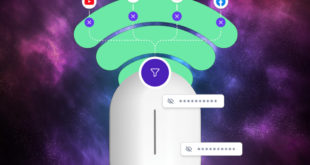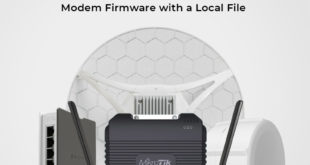 Many new wireless wire and wireless wire dish customers who are unfamiliar with 60GHz have been asking about rain fade and if it’s a major problem on 60GHz. So let’s look at the facts.
Many new wireless wire and wireless wire dish customers who are unfamiliar with 60GHz have been asking about rain fade and if it’s a major problem on 60GHz. So let’s look at the facts.
At 60GHz the biggest problem is actually attenuation from Oxygen. The O2 molecules in the air absorb the RF energy very efficiently at this frequency. Therefore link distances tend to be much shorter than hoped for if purely considering Free Space Path Loss. The losses at 60GHz equate to around an extra 15dB per Km over and above any FSPL. So what about rain, fog, sleet, snow, mist etc?
One of the problems with rain of course, is that it comes in many different amounts. From a light drizzle to a monsoon, there are many different levels of rain, but the following data should help illuminate the problem with rain at 60GHz.
- Drizzle (.25mm/hr) 0.2dB/km
- Light Rain (2.5mm/hr) 1.8dB/km
- Medium Rain (12.5mm/hr) 5.6dB/km
- Heavy Rain (25mm/hr) 9.5dB/km
- Downpour (50mm/hr) 17dB/km
- Tropical (100mm/hr) 28dB/km
- Monsoon (200mm/hr) 38dB/km
You can see therefore, for a 100m link using Wireless Wire, even in a very heavy downpour, you will only lose an additional 1.7dB. Not even worth worrying about unless you are already pushing the two wireless wires to the extreme limit of their operational distance (currently 200m).
For a 1.5km link using a pair of Wireless Wire Dishes however, a heavy downpour could lose you about another 18-19dB. Therefore if you want the link to remain stable, you need to roughly factor in an extra 20dB ‘Fade Margin’ to be sure the link will not drop out when it rains.
Fog, mist or even thick cloud does not really have any effect to the 60GHz signal, certainly nowhere near as much as rain can do. Therefore it can be safely ignored.
So, to recap. With very short distances, such as 100-200m the loss due to rain fade are so minimal, they are not worth even calculating. With much longer distances, such as 1.5km, it becomes much more important and must be taken into account especially when installing links in good/dry weather as it may be working very well, then when it rains the link throughput could deteriorate.
 LinITX Blog Ubiquiti & MikroTik Wireless Networking Experts
LinITX Blog Ubiquiti & MikroTik Wireless Networking Experts




